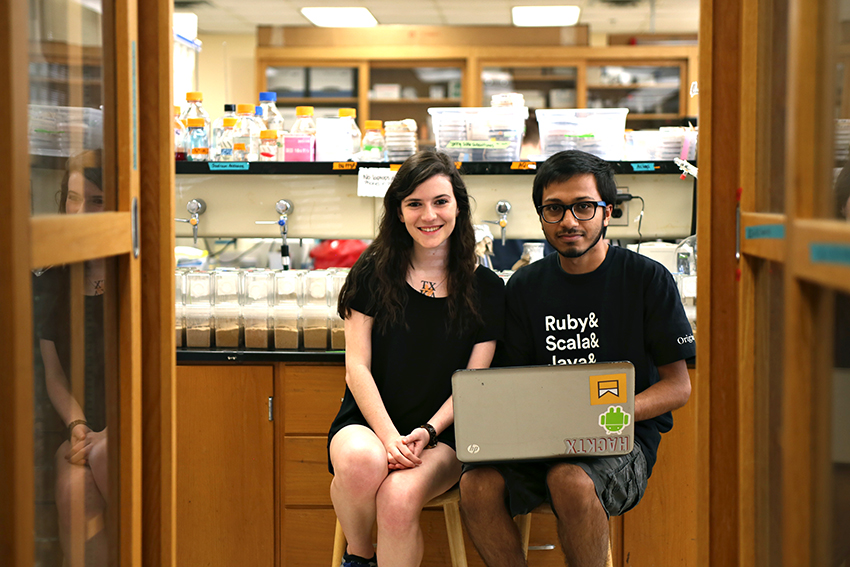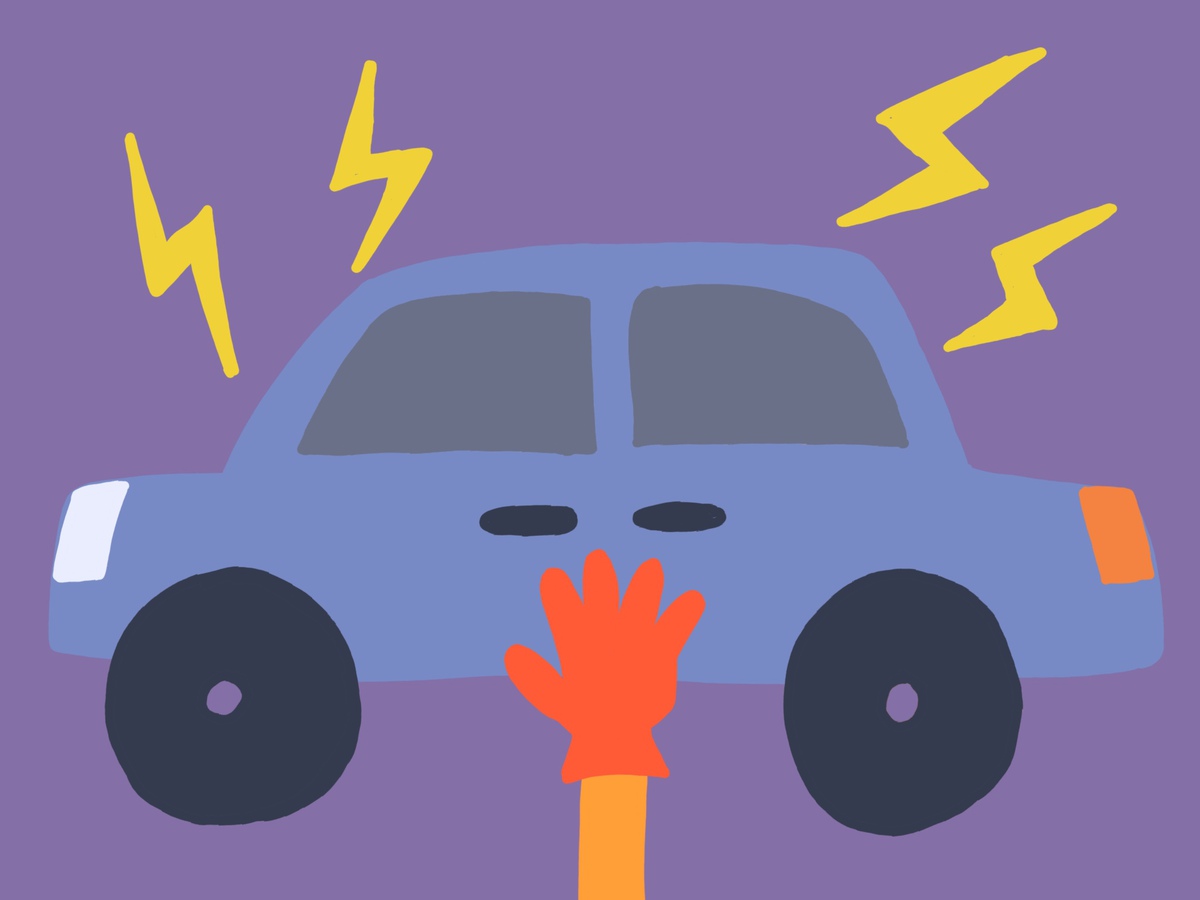People who do not have the convenience of going to a dermatologist can now analyze any suspicious moles by using two apps created by UT students.
Biology and psychology junior Rachel Graubard and computer science junior Vatsal Shah created two separate apps that would help detect any signs of skin cancer on an individual’s body, such as a change in mole size or color.
Graubard’s app allows users to take a quiz that helps distinguish any potentially cancerous moles from normal ones. App users can then upload a photo of their moles to the app to help them monitor any changes that may occur over time. Users can access the app at rgraubard.github.io/skincancer.
Graubard said her inspiration to create the app came from her experience shadowing a dermatologist when she was in high school.
“I had the opportunity to shadow Dr. Keith Schulze at the Fort Bend Skin Cancer Center,” Graubard said. “According to the Skin Cancer Foundation, one in five Americans will develop skin cancer in their lifetime, and people my age were there being treated for cancers. I would love to see that statistic go down in the future.”
Shah’s app is similar to Graubard’s, except that it reminds app users to check their recorded moles for any changes every month. All of the recorded data is stored in the app for future reference. The app is available to anyone through a web link: ta.gd/skin.
Shah said his app is convenient and effective because most people are utilizing smartphones on a daily basis.
“[These] days, a majority of people have access to a smartphone and internet,” Shah said. “Thus, my goal was to utilize my knowledge of computer science and come up with a handy tool for the community.”
Clinical assistant professor Timothy Riedel, who helped Graubard and Shah with their apps through the DIY Diagnostics Stream, a program that teaches students science through independent research experiences, said the apps are essential due to the increased number of skin cancer patients and the possible lack of medical assistance in certain areas.
“Skin cancer is the most common form of cancer, and its rates are increasing steadily,” Riedel said. “Both apps may be very helpful in communities where access to medical professionals is limited. They may also be helpful to increase surveillance frequency between regular visits with a dermatologist.”





















